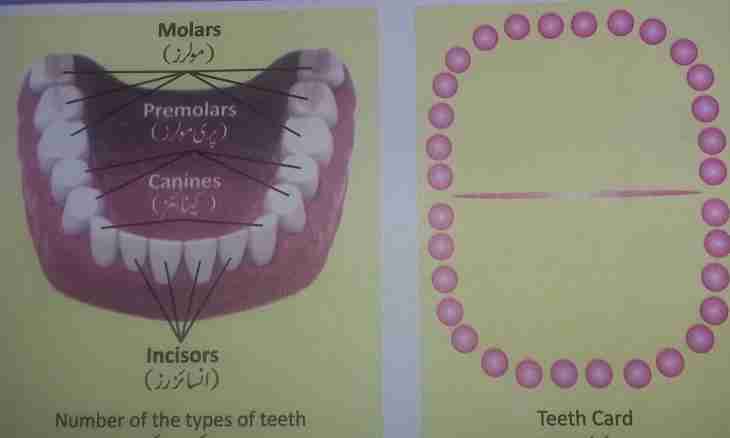In classical tasks in chemistry the term ""molar volume"" often meets. The law of Avogadro which is fair for ideal gases is the cornerstone of a way of determination of this size. Knowing the molar volume of gas, it is possible to find amount of substance, weight and molar mass of this gas.
Instruction
1. In 1811 the Italian physicist A. Avogadro determined consistent pattern which was considered only for ideal gases: pV = m/MRTTeoreticheski it means that in equal volume x various gases with an identical pressure and a temperaturaa there is the same number of molecules.
2. Then the Italian chemist S. Kannitsaro considered this law from the chemical point of view which cornerstone the atomic theory is. At the same time, there was an investigation from the law of Avogadro which says that under identical conditions the equal amount of different gases occupies equal volume. Under normal conditions, i.e. at T =273.15 To, po =1.01325 * 10^5 Pa, one mol of any gas, irrespective of its chemical composition, occupies the volume of 22.4 l. It is also the molar volume of gas which can be expressed as follows: Vm = Vb/nb [l/mol] Vm = 22.4 l / molsootvetstvenno, nb =Vb/Vm [l/(l/mol)]; expression [l/(l/mol)] can be reduced, therefore, the size calculated on this formula is measured in moths.
3. Molar volume - a constant and on its basis the volume of gas and amount of substance can be determined. Usually, if the amount of substance is known, the problem is solved on the formula given above. But how to arrive if only the molar volume, a formula of substance and its weight are known? In this case, it is necessary to be guided by the following: With the known weight leaves that the nb=m/Mv-v At first should be found the molar mass of substance, and then, having divided weight into molar weight to receive its quantity. Proceeding from it, Vb which is equal can be already found: Vb=Vm*nb=Vm*m/MPreobrazovav the specified expression as appropriate, it is possible to calculate any of the sizes appearing in it provided that all others are known. It allows to solve with use of this formula very wide range of the chemical tasks which are found as in a school or high school course of chemistry, and in daily practice of the professional chemist experimenter.

